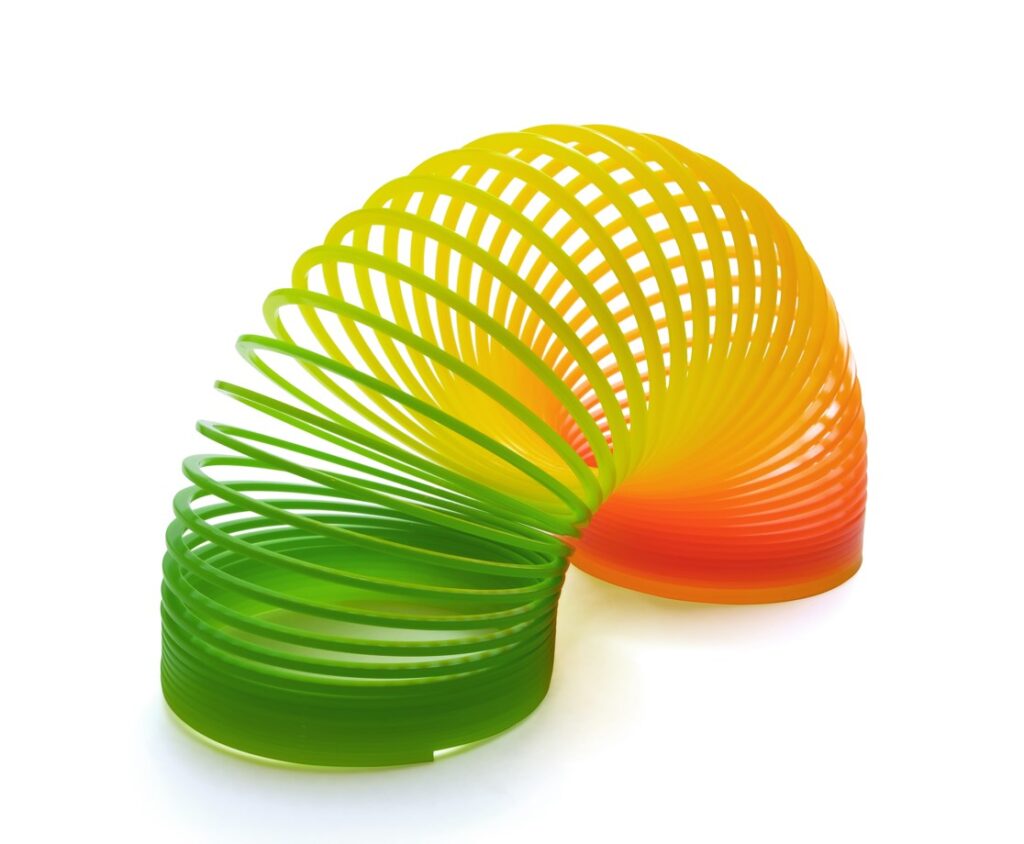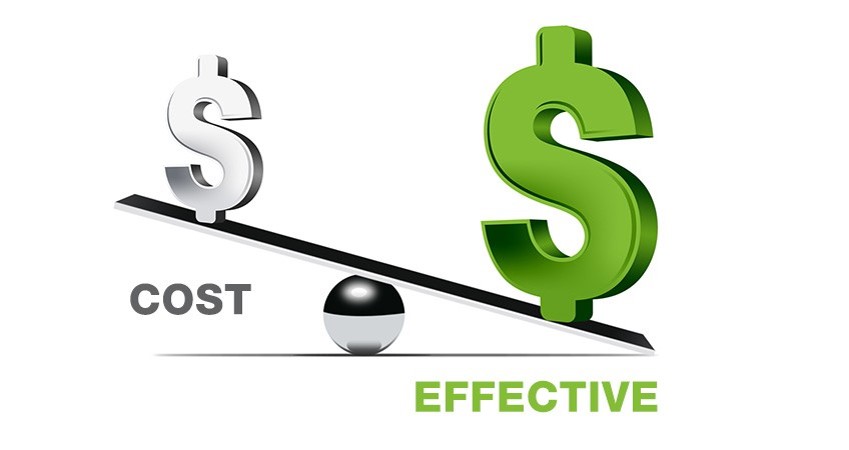TRUE BALANCING IS DESIGNED
FOR FAST, EASY SYSTEM INTEGRATION
Add True Balancing to Your BMS
All of the advantages of True Balancing would be meaningless if it were difficult or expensive to integrate it into real world battery systems.
True Balancing was designed from the start to be commercially viable. Scroll down to see how we designed True Balancing for easy integration into any BMS.
Easy System Integration
True Balancing manages charging, discharging and balancing independently of the rest of the functions of the BMS. The only connections to the battery electronics that True Balancing needs are:
- Connections to the voltage sensors at each cell
- A data line to the microprocessor in the BMS
If True Balancing can get cell voltage data from the BMS, then connections to the voltage sensors aren’t needed and a data line to the BMS is the only connection that True Balancing needs.
This makes system integration uncluttered, easy and fast.

True Balancing is Modular and Scalable

True Balancing has a modular design. A typical module manages a group of 12 or 20 cells in series. The modules can be connected in series to manage charging and balancing of any number of cells.
True Balancing systems can be designed to support balancing currents from 1A to more than 100A. You can have exactly as much balancing current as your battery requires.
True Balancing is Flexible
True Balancing can work with any battery chemistry, any number of cells in series, and with batteries of any capacity.
True Balancing systems work in any application and environment: Automotive, industrial, energy storage, marine.
True Balancing’s control parameters are set in software and can be adjusted if and when desired. This allows easily adjustable control over the battery’s operation and performance.

True Balancing is Low Cost

True Balancing can be assembled using common, low-cost components that are readily available from multiple sources.
For absolute lowest cost (and smallest PCB footprint) True Balancing can be implemented with a small ASIC or a tiny FPGA.
All components in a True Balancing system are available with industrial and automotive ratings.
Designed for Mass-Production
True Balancing systems can be assembled with common electronic assembly processes that are low-cost, high-speed and highly reliable.
True Balancing doesn’t require any components that are exotic or single-sourced. Every component in a True Balancing circuit is readily available from multiple suppliers.
This makes True Balancing unsusceptible to supply chain interruptions.

